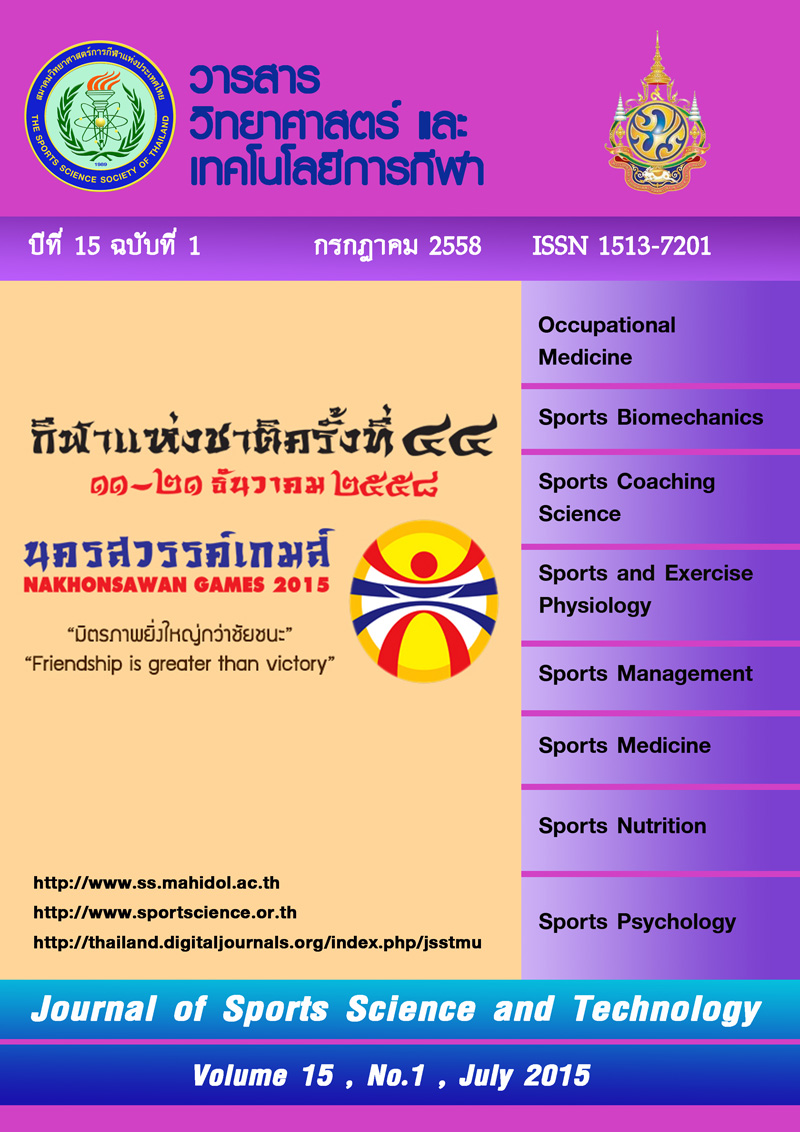EFFECT OF HURDLE HEIGHTS ON JUMPING MECHANICS IN YOUTH MALE SOCCER PLAYERS
Keywords:
ground reaction force, hurdle jump, stretch shortening cycle, soccer, youthAbstract
The purpose of this study was to investigate the effects of bilateral hurdle jump on jumping mechanics in adolescent male soccer players including contact time (CT), peak vertical ground reaction force (PVGRF), rate of eccentric force development (E-RFD) and lower extremity stiffness (LS). Fifteen male soccer players (mean age 13.93 ± 0.25 years) participated in the study. Subjects performed hurdle jumps continuously over 4 hurdles with the force platform positioned between the second and the third hurdles. Four different hurdle height conditions (100%, 120%, 140% and 160% of the maximum countermovement jump heights) were compared. One-way repeated-measure ANOVA did not revealed any statistically significant differences among CT, PVGRF and E-RFD at any hurdle height conditions. However, LS of 160% hurdle jump was significantly greater than those of 100% and 140% hurdle jumps (p < 0.05). In conclusion, the results suggest that hurdle jump at 100-140% of CMJ (range: 30 - 42 cm) of CMJ may be an optimal height for training in adolescent soccer players. Additionally, prescribing repeated hurdle jump at 160% of CMJ may need a great care since it has the greatest lower extremity stiffness which may increase the risk of lower extremity injury.
(Journal of Sports Science and Technology 2015;15(1): 9-16 )






